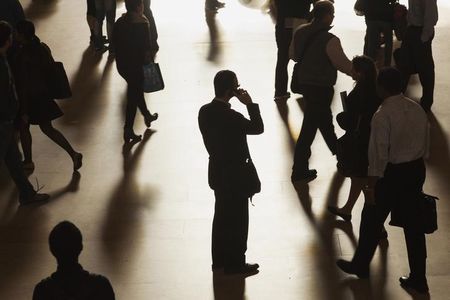By Alina Selyukh
WASHINGTON (Reuters) - Emergency responders will be able to better locate callers who dial 911 on their cellphones from indoors as the U.S. wireless industry improves caller-location for the majority of such calls over the next six years.
Historically, satellite and other technologies have helped emergency responders find people who called from outdoors, while landlines commonly automatically provided dispatchers with an address. Cellphone calls from indoors, however, have been tougher to locate because walls weaken signals.
Verizon Communications Inc, AT&T Inc, Sprint Corp and T-Mobile US have reached a deal with public-safety groups to get specific location data to 911 dispatchers for 40 percent of wireless 911 calls within two years and 80 percent within six years.
The wireless association CTIA announced the agreement with the Association of Public-Safety Communications Officials and the National Emergency Number Association on Friday.
The deal marks a milestone in the long-running effort to help first-responders get to emergencies quickly as people increasingly rely on cellphones for 911 calls and to improve their ability to locate emergencies in places such as schools, shopping malls and hotels.
The Federal Communications Commission has long required data from wireless 911 calls to include location information based on outdoor technologies. But technology has been insufficient to direct responders to specific floors, rooms or particular areas of a building.
The FCC earlier this year challenged the wireless industry to help responders locate emergencies indoors, within 50 meters horizontally and 3 meters vertically, estimating it could save more than 10,000 lives every year.
The "heightened location accuracy," available to supporting networks and handsets, will find callers through nearby devices connected to Wi-Fi or Bluetooth that will be logged with a specific location in a special emergency-services database.
For instance, a smoke detector or a Wi-Fi router with an attached address could serve as a beacon, an industry expert close to the deal said.
Over time, the wireless carriers plan to ensure each handset can turn on Bluetooth or Wi-Fi connectivity in emergency-call instances, if it is disabled.

The FCC had proposed the rollout timeframe of two years for 67 percent of cellphone calls and five years for 80 percent, though the companies and public safety groups reached a slightly different consensus.
(Reporting by Alina Selyukh; Editing by Ken Wills)
3_800x533_L_1412602648.jpg)